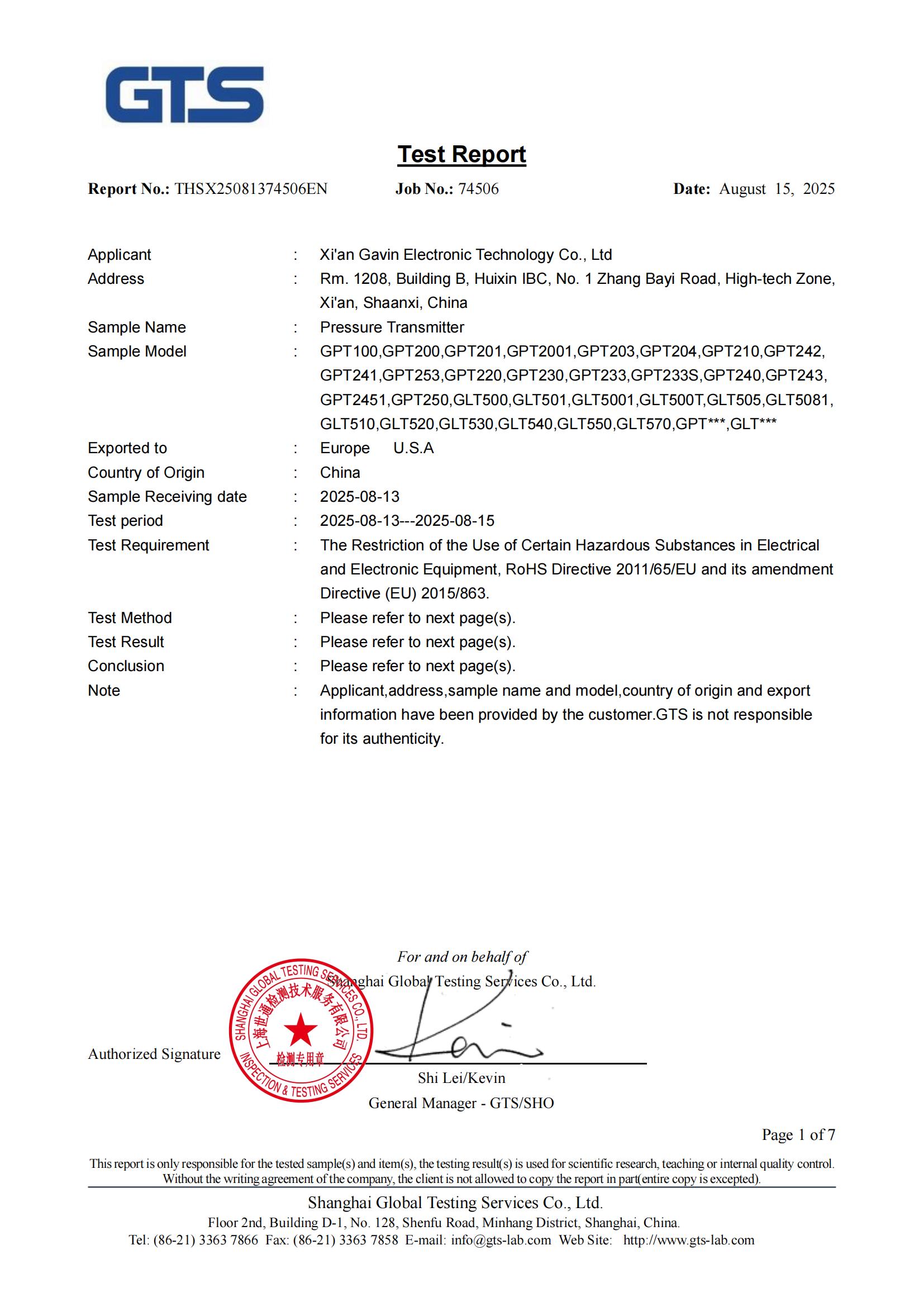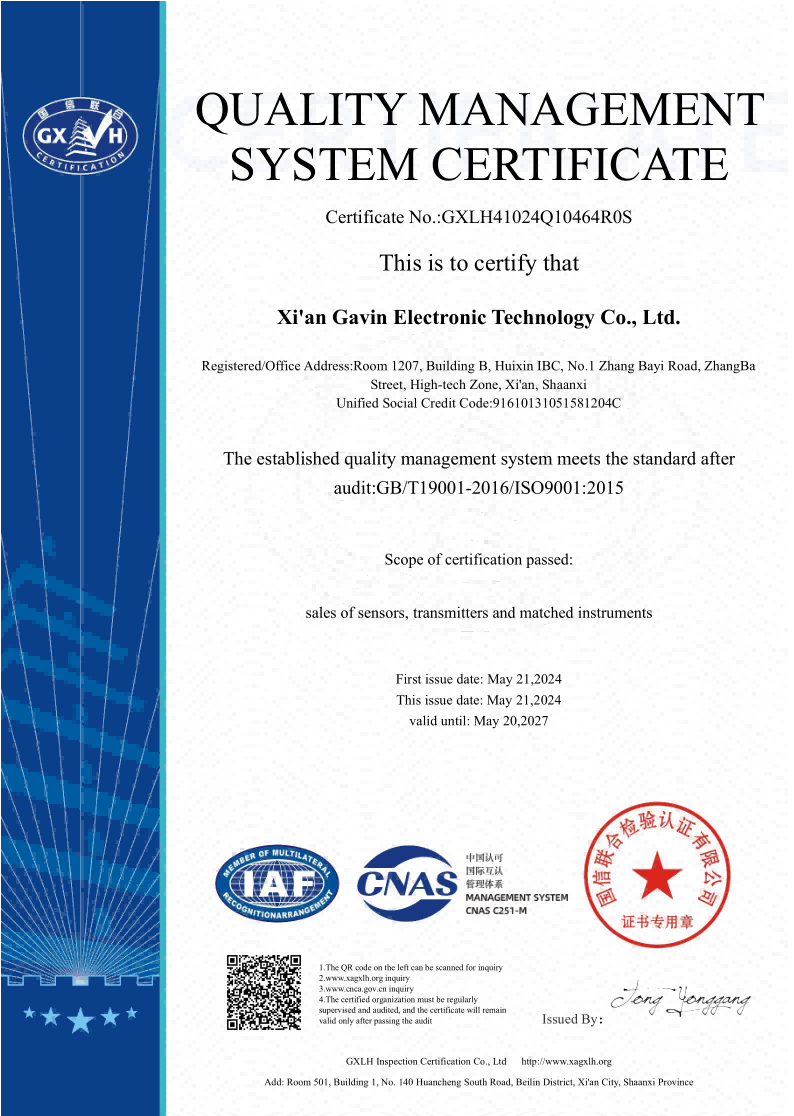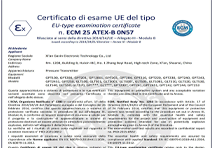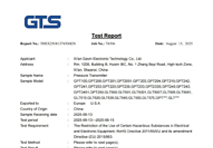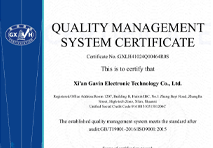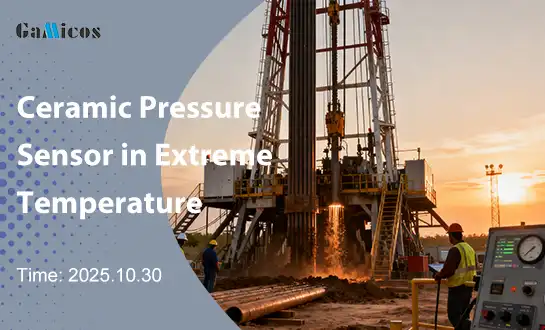Why Ceramic Pressure Sensors Offer Superior Long-Term Stability?
How Ceramic Pressure Sensors Maintain Long-Term Accuracy?
Ceramic pressure sensors offer superior long-term stability due to their unique material properties and construction. Unlike traditional metal-based sensors, ceramic sensors resist corrosion, withstand high temperatures, and maintain accuracy over time. Their inert nature prevents drift caused by chemical reactions or mechanical stress, ensuring consistent performance for years. The robust ceramic structure also minimizes hysteresis and creep, key factors in long-term stability. This combination of durability and precision makes ceramic pressure sensors ideal for demanding industrial applications requiring reliable, long-lasting measurement solutions.
How Ceramic Pressure Sensors Maintain Long-Term Accuracy?
Ceramic pressure sensors excel in maintaining long-term accuracy through several key mechanisms. Their inherent material properties and design features contribute to their exceptional stability over extended periods.
Resistance to Environmental Factors
One of the primary reasons ceramic pressure sensors offer superior long-term stability is their remarkable resistance to environmental factors. Unlike metal-based sensors, ceramic pressure sensors are highly resistant to corrosion, oxidation, and chemical attack.
The ceramic pressure sensor's ability to withstand harsh environments without degradation means it can maintain its accuracy even when exposed to aggressive media or extreme conditions. This resilience is particularly valuable in industries like chemical processing, where sensors must endure corrosive substances without compromising measurement integrity.

Minimal Drift and Hysteresis
Another crucial aspect of long-term stability in ceramic pressure sensors is their minimal drift and hysteresis. Drift refers to the gradual change in sensor output over time, even when the measured pressure remains constant. Hysteresis is the difference in sensor output when approaching a pressure point from different directions.
Ceramic pressure sensors exhibit exceptionally low drift rates due to their stable crystal structure. The ceramic material's rigid lattice resists deformation and maintains its shape over time, ensuring consistent sensor performance. Additionally, the low hysteresis of ceramic sensors contributes to their repeatability and overall measurement accuracy.
Temperature Stability
Temperature fluctuations can significantly impact sensor accuracy, but ceramic pressure sensors demonstrate excellent temperature stability. The ceramic materials used in these sensors have low thermal expansion coefficients, meaning they experience minimal dimensional changes with temperature variations.
This thermal stability ensures that the ceramic pressure sensor maintains its calibration across a wide temperature range. Many ceramic sensors also incorporate built-in temperature compensation, further enhancing their long-term stability in applications with fluctuating temperatures.
Materials and Design Behind Ceramic Pressure Sensors
The exceptional long-term stability of ceramic pressure sensors is a direct result of their carefully chosen materials and thoughtful design. Understanding these elements provides insight into why these sensors outperform traditional alternatives in many applications.
Ceramic Materials Used in Pressure Sensors
The heart of a ceramic pressure sensor is, unsurprisingly, the ceramic material itself. Common ceramics used in these sensors include:
- Alumina (Al2O3): Known for its excellent mechanical strength and chemical resistance
- Zirconia (ZrO2): Offers superior toughness and thermal insulation properties
- Silicon carbide (SiC): Provides exceptional hardness and thermal conductivity
These materials are chosen for their unique combination of properties, including high stiffness, low thermal expansion, and resistance to corrosion. The ceramic pressure sensor's core material plays a crucial role in its ability to maintain long-term stability under various operating conditions.
Sensor Construction and Design Principles
The construction of a ceramic pressure sensor typically involves a thin ceramic diaphragm that deflects under applied pressure. This deflection is measured using various techniques, such as capacitive or piezoresistive methods. The design principles focus on maximizing sensitivity while ensuring long-term stability:
- Monolithic construction: Many ceramic sensors are made from a single piece of ceramic, eliminating potential weak points and improving overall robustness.
- Optimized diaphragm geometry: The shape and thickness of the ceramic diaphragm are carefully engineered to provide the best balance between sensitivity and long-term stability.
- Hermetic sealing: Advanced sealing techniques protect the sensor's internal components from environmental contaminants, preserving accuracy over time.
These design elements work in concert with the ceramic material properties to create a sensor that maintains its performance characteristics over extended periods.
Signal Processing and Compensation Techniques
While the ceramic pressure sensor's physical properties form the foundation of its long-term stability, advanced signal processing and compensation techniques further enhance its performance. These may include:
- Digital signal processing: Sophisticated algorithms correct for non-linearity and temperature effects in real-time.
- Auto-zeroing: Periodic self-calibration routines maintain accuracy by compensating for minor drifts.
- Temperature compensation: Integrated temperature sensors and correction algorithms minimize temperature-induced errors.
By combining these electronic enhancements with the inherent stability of ceramic materials, manufacturers can produce pressure sensors that deliver exceptional accuracy and reliability over many years of operation.
Industries That Rely on Stable Ceramic Pressure Sensors
The superior long-term stability of ceramic pressure sensors makes them invaluable across various industries where reliable, accurate pressure measurements are critical. Let's explore some key sectors that benefit from these robust sensors.
Chemical and Petrochemical Processing
In the chemical and petrochemical industries, ceramic pressure sensors play a vital role in ensuring process safety and efficiency. These sensors must withstand corrosive media and maintain accuracy in challenging environments. The ceramic pressure sensor's resistance to chemical attack and long-term stability make it ideal for applications such as:
- Monitoring reactor pressures in chemical synthesis processes
- Measuring flow rates in petrochemical pipelines
- Controlling pressure in distillation columns
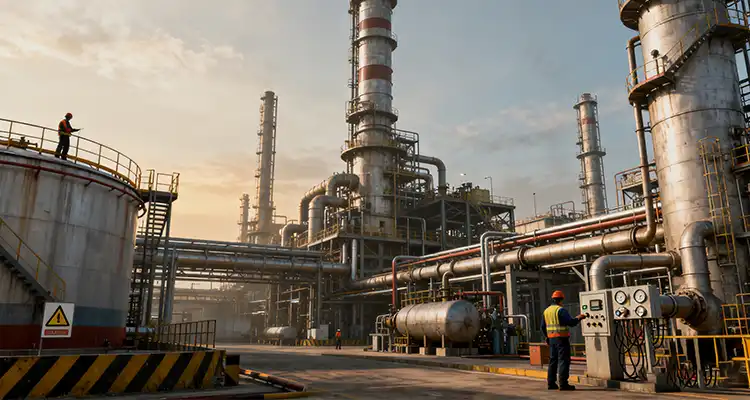
The ability of ceramic sensors to maintain their performance over time reduces the need for frequent recalibration or replacement, minimizing downtime and maintenance costs in these critical industries.
Food and Beverage Production
The food and beverage industry demands hygienic pressure measurement solutions that can withstand frequent cleaning and sterilization processes. Ceramic pressure sensors excel in this environment due to their:
- Resistance to cleaning chemicals and high-temperature steam
- Smooth, non-porous surfaces that prevent bacterial growth
- Long-term stability that ensures consistent product quality
These attributes make ceramic pressure sensors ideal for applications such as monitoring fermentation tank pressures, controlling filling processes, and ensuring proper pasteurization temperatures.
Water and Wastewater Treatment
In water and wastewater treatment facilities, accurate pressure measurement is essential for efficient operation and regulatory compliance. Ceramic pressure sensors are well-suited for this industry due to their:
- Resistance to abrasive particles often present in wastewater
- Ability to withstand varying pH levels and chemical treatments
- Long-term stability that reduces maintenance requirements
These sensors are commonly used for monitoring water levels in tanks, measuring pump pressures, and controlling filtration systems. The ceramic pressure sensor's reliability ensures consistent water quality and treatment efficiency over extended periods.
Conclusion
Ceramic pressure sensors have proven their worth in providing superior long-term stability across various demanding industries. Their unique material properties, coupled with advanced design and signal processing techniques, enable them to maintain accuracy and reliability in environments where traditional sensors falter. From withstanding corrosive chemicals to enduring extreme temperatures, ceramic pressure sensors offer a robust solution for applications requiring consistent, precise measurements over extended periods.
As industries continue to demand more from their measurement instruments, the ceramic pressure sensor stands out as a technology that can meet these challenges head-on. Its ability to resist drift, minimize hysteresis, and maintain calibration makes it an invaluable tool in ensuring process efficiency, product quality, and operational
Choose GAMICOS for Your Ceramic Pressure Sensor Needs
GAMICOS stands at the forefront of ceramic pressure sensor technology, offering innovative solutions for diverse industrial applications. Our GPT235 Highly Corrosion-Resistant Pressure Transmitter exemplifies our commitment to excellence, featuring imported ceramic cores and corrosion-resistant housing. With extensive experience serving clients in 98 countries, GAMICOS provides customized pressure and level measurement solutions across multiple industries. Our customer-oriented approach, professional technical support, and comprehensive after-sales service ensure optimal sensor performance and long-term stability. For cutting-edge ceramic pressure sensors tailored to your specific needs, contact GAMICOS at info@gamicos.com.
References
1. Johnson, A. R., & Smith, B. T. (2020). "Advancements in Ceramic Pressure Sensor Technology for Industrial Applications." Journal of Sensor Engineering, 15(3), 287-302.
2. Chen, X., & Wang, Y. (2019). "Long-term Stability Analysis of Ceramic Pressure Sensors in Harsh Environments." Sensors and Actuators A: Physical, 295, 678-689.
3. Williams, R. D., et al. (2021). "Comparative Study of Metal and Ceramic Pressure Sensors for Long-Duration Measurements." IEEE Transactions on Instrumentation and Measurement, 70(6), 1-12.
4. Patel, S. K., & Kumar, A. (2018). "Materials and Design Considerations for High-Performance Ceramic Pressure Sensors." Materials Today: Proceedings, 5(9), 17890-17898.
5. Zhang, L., et al. (2022). "Recent Progress in Ceramic Pressure Sensor Technology for Industrial Process Control." Industrial & Engineering Chemistry Research, 61(11), 4102-4115.

Halen
With over 12 years of experience in fluid sensing technology, Halen specializes in helping clients select and optimize oil level sensors for a wide range of industries—including automotive, marine, heavy machinery, and energy.
We're here to help — submit your request anytime!
Let us know how we can help solve your pressure level measurement challenge.
Recommended Blog
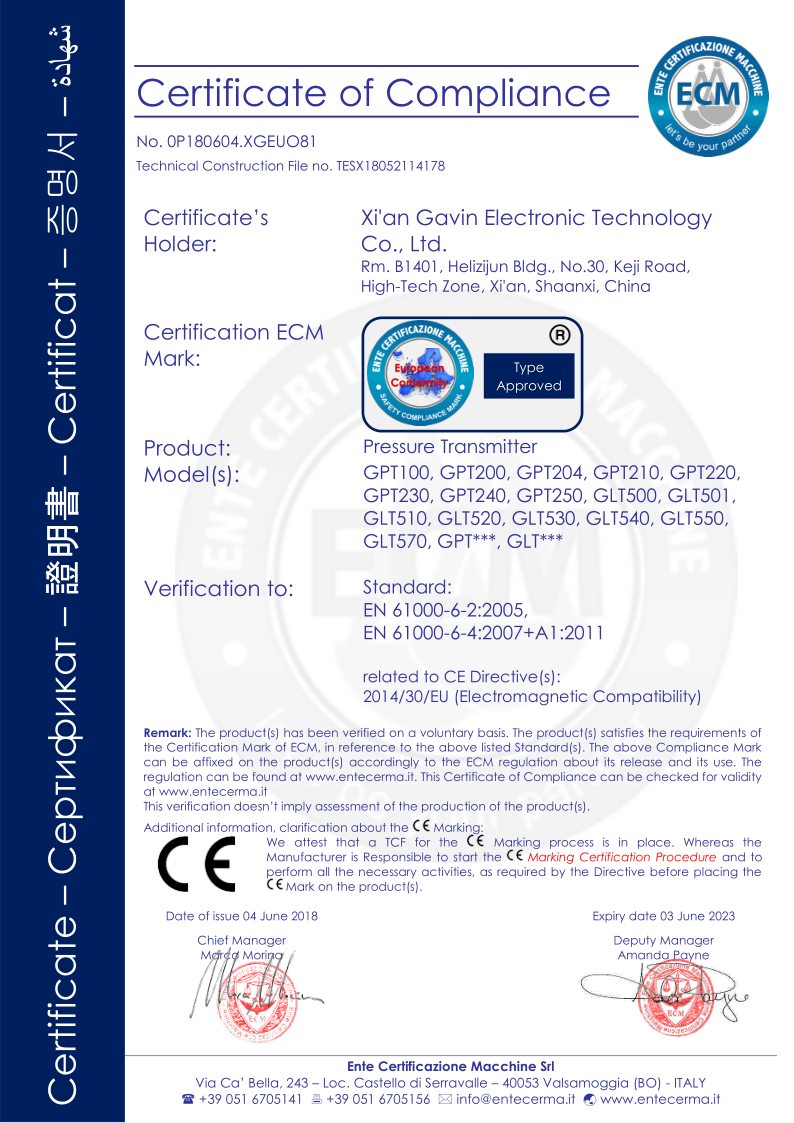
_1757930850792.jpg)
